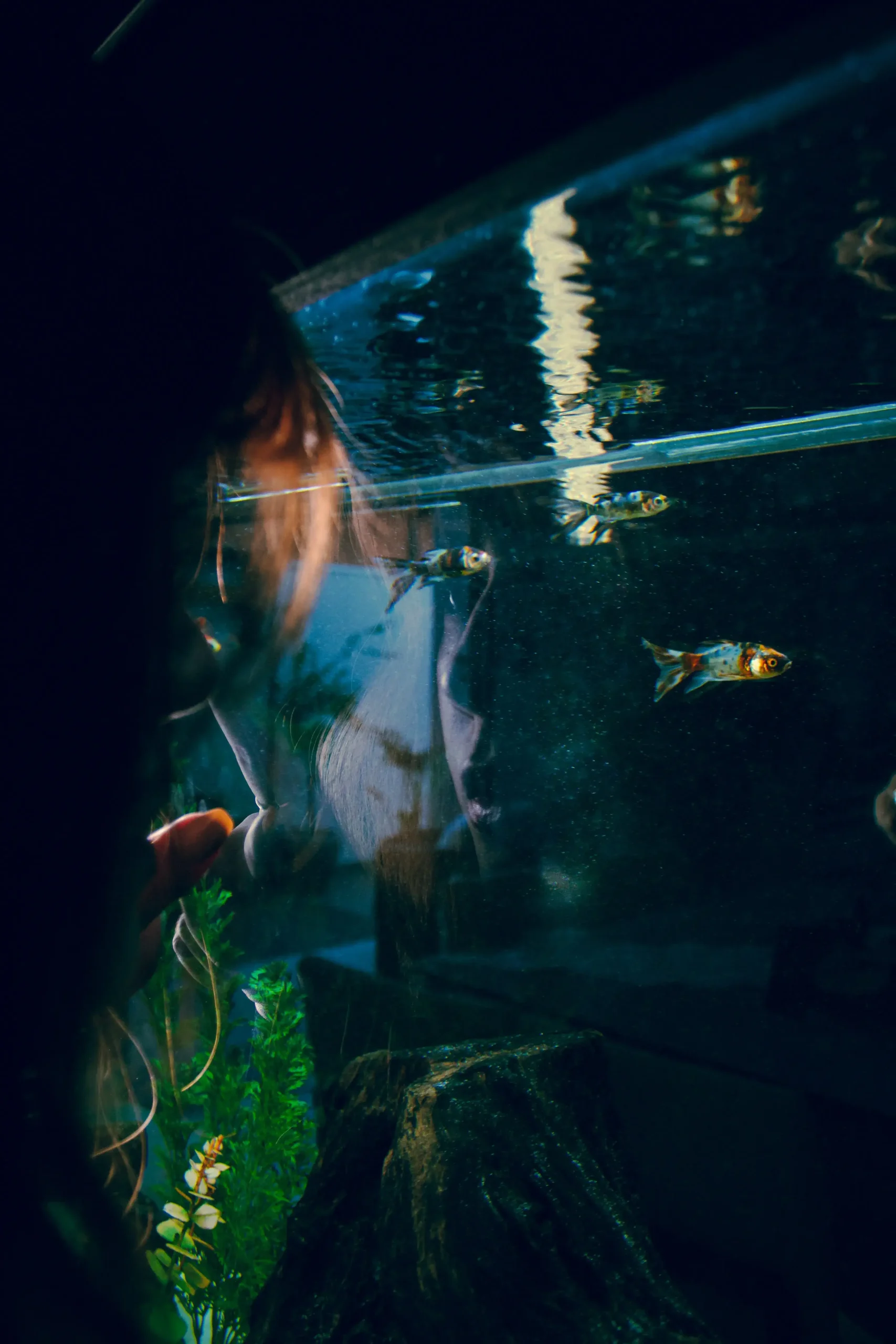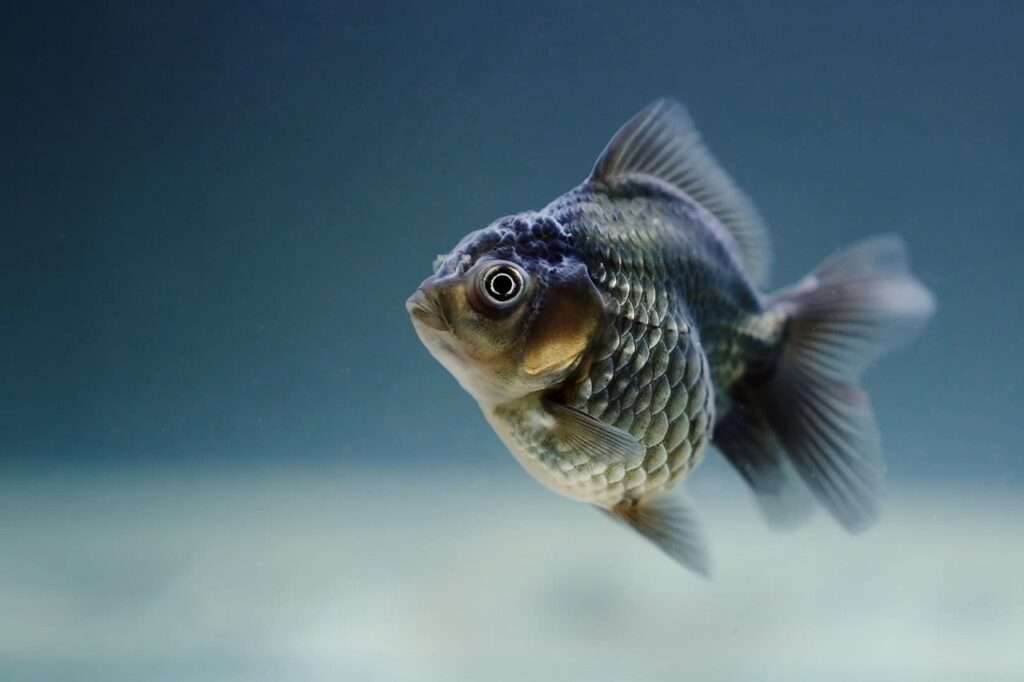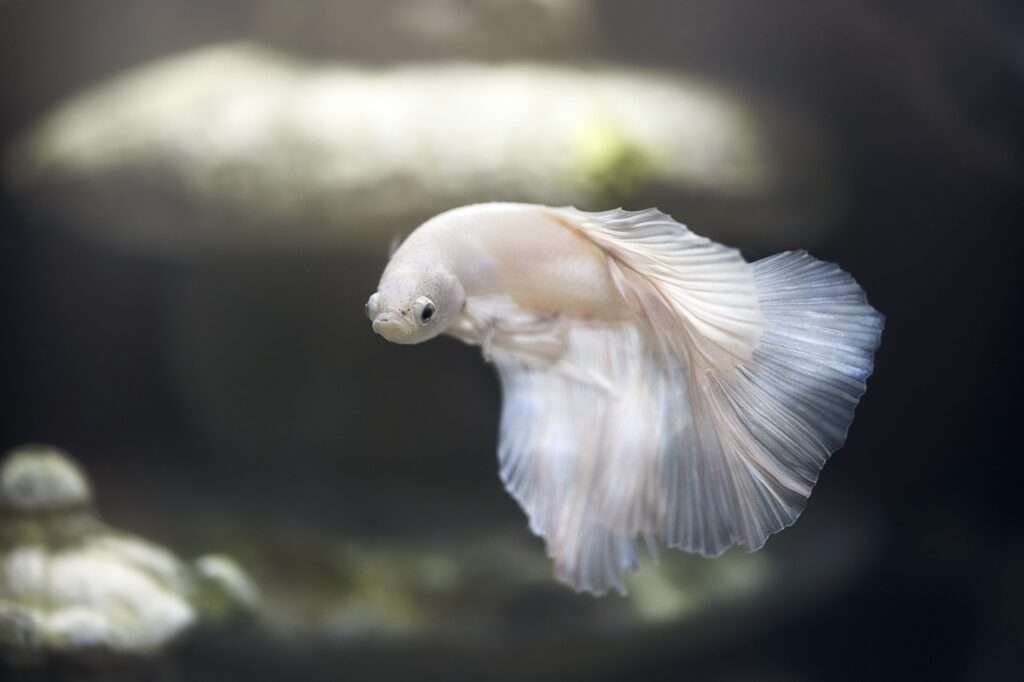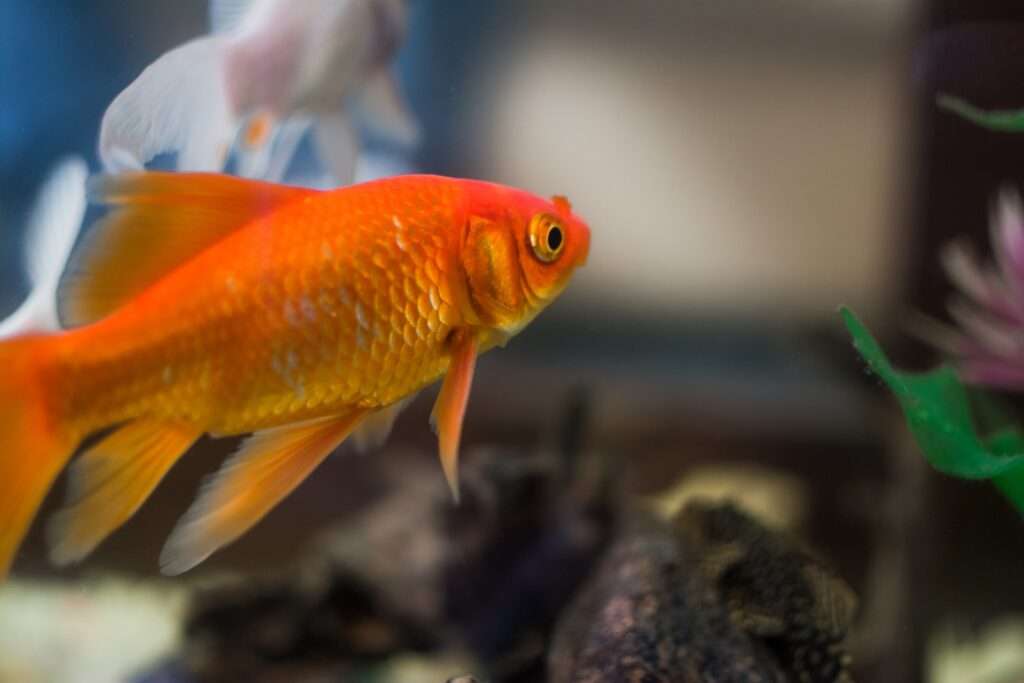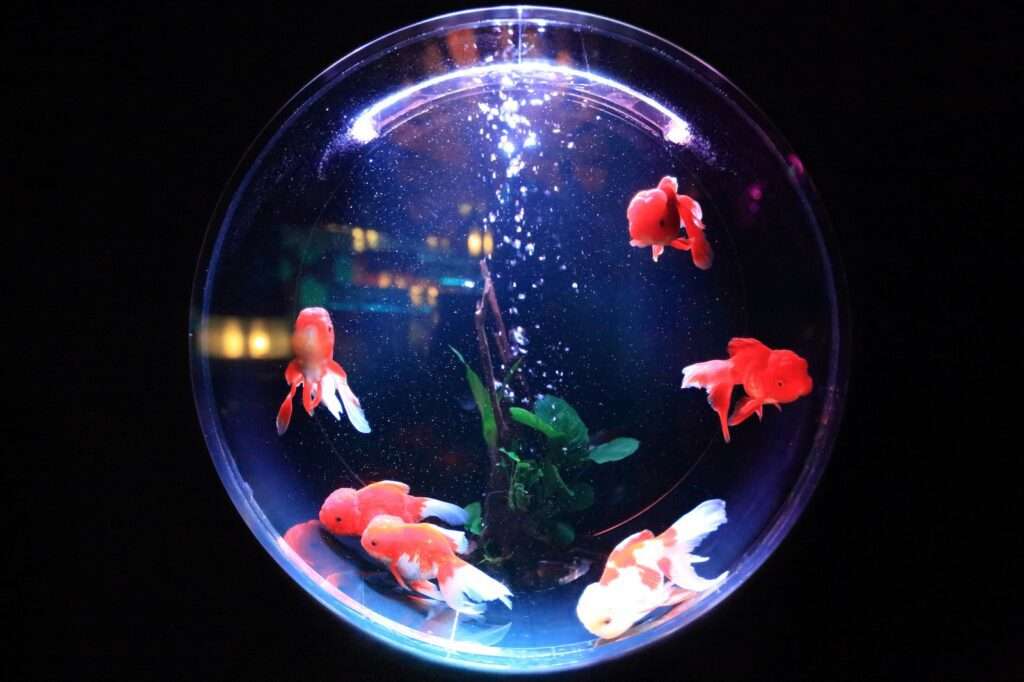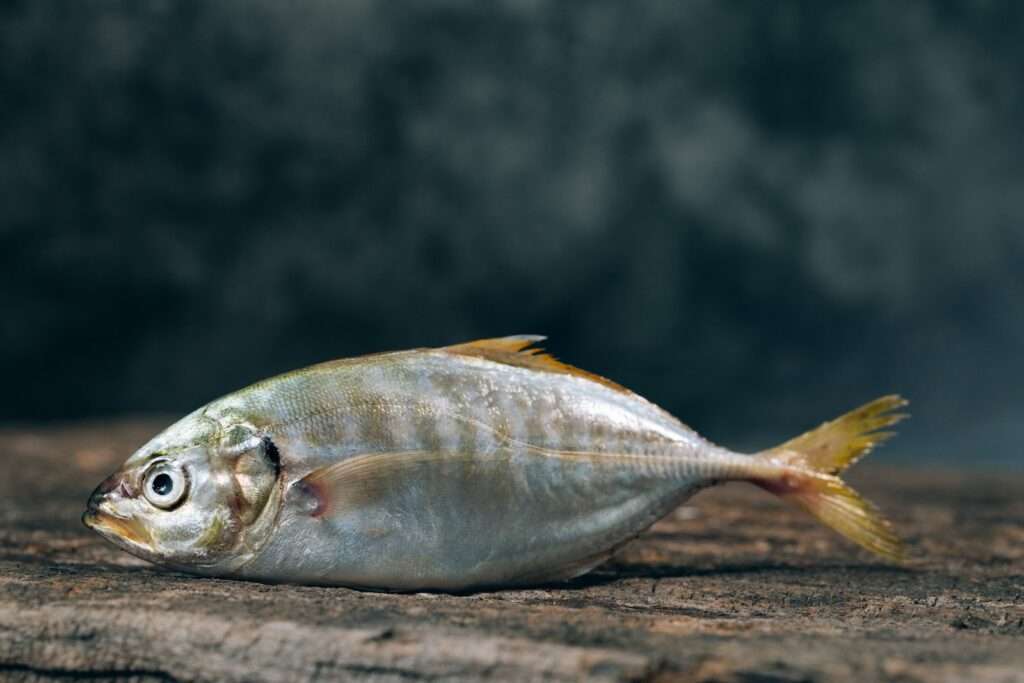Creating a Natural and Stimulating Fish Tank Environment: A Comprehensive Guide
Introduction:
– The Importance of a Natural and Stimulating Environment for Fish
– How a Well-Designed Aquarium Benefits Fish Health and Well-being
Fish tanks are not just decorative pieces for our homes; they are also the homes of our beloved fish. Creating a natural and stimulating environment within the tank is essential for the health and well-being of our aquatic friends. In this comprehensive guide, we will explore various aspects of creating the perfect fish tank environment.
1. Choosing the Right Tank: Size, Shape, and Material
The size of the tank plays a crucial role in providing enough space for fish to swim freely. Researching the needs of your specific fish species will help determine the ideal tank size. Additionally, considering the appropriate tank shape, such as rectangular or round, can enhance fish comfort and their ability to navigate.
When it comes to tank material, glass and acrylic are the most common options. Glass tanks are durable, scratch-resistant, and provide better clarity. On the other hand, acrylic tanks are lighter, less prone to breaking, and offer more design flexibility.
2. Selecting Suitable Substrate
Substrate, the material covering the tank bottom, is essential for creating a natural environment. Gravel, sand, and aquatic soil are popular substrate choices. Gravel offers easy cleaning and good water circulation, while sand provides a more natural look. Aquatic soil is beneficial for planted tanks as it provides nutrients for plant growth.
Factors to consider when choosing substrate include the needs of your fish species and ease of tank maintenance. Some fish may require a specific type of substrate to imitate their natural habitat, while others may prefer a smoother or coarser substrate for comfort.
3. Aquascaping: Creating a Natural Habitat
Aquascaping is the art of creating an aesthetically pleasing and functional underwater landscape. Understanding the principles of aquascaping, such as focal points, balance, and proportion, can help create a visually appealing tank.
Rocks and driftwood can be utilized to enhance the aesthetics and provide hiding spots for fish. Live plants not only add beauty but also contribute to oxygenation, filtration, and fish comfort. Researching the specific needs of different plant species will help create a thriving underwater garden.
4. Water Quality and Filtration
Maintaining optimal water parameters is crucial for the health of fish. Regularly monitoring temperature, pH, and water hardness is essential. Investing in a reliable filtration system is also necessary to remove toxins, maintain water clarity, and provide a healthy environment for fish.
Mechanical, biological, and chemical filtration are the three main types. Mechanical filtration removes physical debris, biological filtration breaks down harmful substances, and chemical filtration removes impurities through chemical reactions. Choosing the right filter for your tank size and fish population is vital.
5. Lighting and Photoperiod
Lighting plays an important role in a fish tank environment. It helps replicate the natural day-night cycle, stimulates fish activity, and supports plant growth. Determining the suitable light intensity and spectrum is crucial, as different fish species have varying light requirements.
Establishing a proper photoperiod, the duration of light exposure, is essential. Generally, 8-12 hours of light per day is recommended. Using a timer can ensure consistency and prevent overexposure.
6. Adding Fish and Other Tank Inhabitants
Researching compatible fish species is crucial before adding them to your tank. Understanding their specific needs, such as water temperature, pH, and social behavior, will help create a harmonious community. Introducing fish gradually minimizes stress and allows them to acclimate to their new environment.
Consider tank mates beyond fish, such as invertebrates and plants. Some invertebrates, like snails and shrimp, can contribute to tank cleanliness, while certain plants may provide additional hiding spots and oxygenation.
7. Feeding and Nutrition
Providing a balanced diet is essential for the overall health of fish. Understanding the nutritional requirements of different fish species will help select appropriate food options. Offering a variety of food, including pellets, flakes, and live or frozen options, can ensure a well-rounded diet.
Avoid overfeeding, as it can lead to poor water quality and health issues. Monitoring fish behavior and adjusting feeding amounts accordingly is necessary.
8. Maintenance and Regular Care
Establishing a routine for water changes is crucial for maintaining optimal water quality. Regularly cleaning the tank, including removing debris and algae, is essential. Monitoring water parameters, such as temperature, pH, and ammonia levels, helps ensure a healthy environment for fish.
FAQs: Frequently Asked Questions
To provide further guidance, here are some frequently asked questions related to creating a natural and stimulating fish tank environment:
1. How often should I clean my fish tank?
2. Can I keep freshwater and saltwater fish together in the same tank?
3. What are some low-maintenance live plants for beginners?
4. How do I prevent algae growth in my fish tank?
5. How can I tell if my fish are stressed or unhealthy?
6. Can I use tap water for my fish tank, or do I need to treat it?
7. What is the ideal temperature range for tropical fish?
8. How long should I leave the tank lights on each day?
9. Can I use artificial decorations instead of live plants?
10. How can I ensure my fish are getting the right amount of food?
By following this comprehensive guide, fish enthusiasts can create a natural and stimulating environment for their aquatic companions. Remember to tailor the efforts to the specific needs of the fish species to provide them with the perfect aquatic haven.


